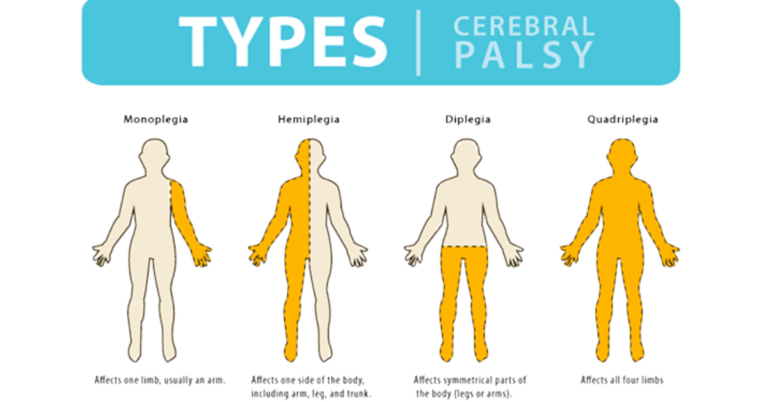The Role of Robotics in Physical Therapy and Rehabilitation
Robotics in physical therapy has revolutionized the way patients recover from injuries and surgeries. By incorporating robots in rehabilitation sessions, therapists can provide more precise and personalized treatment plans tailored to each individual’s needs. This advanced technology allows for a more targeted approach to therapy, focusing on specific areas that require attention for optimal recovery.
Additionally, the use of robotics in physical therapy helps to motivate and engage patients in their rehabilitation journey. The interactive nature of robot-assisted therapy sessions makes the process more engaging and enjoyable for patients, leading to increased compliance and better overall outcomes. With the guidance and support of robotic devices, patients are able to track their progress more effectively, boosting their confidence and enhancing their rehabilitation experience.
Types of Robots Used in Rehabilitation
Robotic technology has revolutionized the field of rehabilitation, offering various types of robots that cater to different needs of patients in physical therapy. One commonly used type is the exoskeleton robot, which is designed to assist patients in performing specific movements, such as walking or reaching, by providing support and guidance. These robots are especially beneficial for individuals recovering from spinal cord injuries or stroke, as they help improve mobility and coordination.
Another type of robot frequently used in rehabilitation is the robotic arm system. These systems are equipped with sensors and motors that mimic the natural movements of the human arm, allowing patients to engage in repetitive tasks to improve muscle strength and range of motion. By providing controlled and customized exercises, robotic arm systems play a key role in promoting recovery and enhancing the overall function of patients undergoing physical therapy.
How Robotics Can Improve Patient Outcomes
Robotics in physical therapy can significantly improve patient outcomes by providing precise and repetitive movements that are tailored to each individual’s needs. These robots can assist in restoring mobility, improving strength, and enhancing motor control for patients recovering from various musculoskeletal injuries or neurological conditions. The ability of robots to deliver consistent therapy sessions helps to optimize the rehabilitation process and promote faster recovery.
Moreover, the integration of robotics in physical therapy offers real-time feedback to both patients and therapists, allowing for better monitoring of progress and adjustments to treatment plans as needed. By tracking patient movements and analyzing data, therapists can develop more effective strategies to address specific areas of weakness or limitation, leading to enhanced outcomes and overall functional improvements for individuals undergoing rehabilitation.







